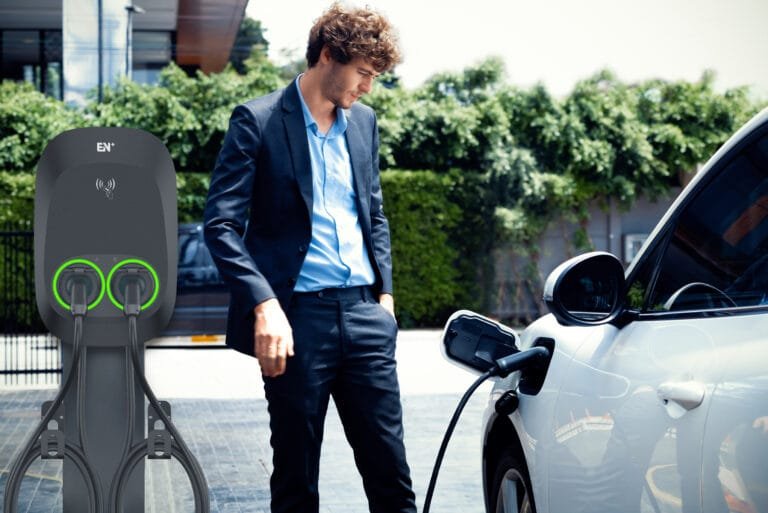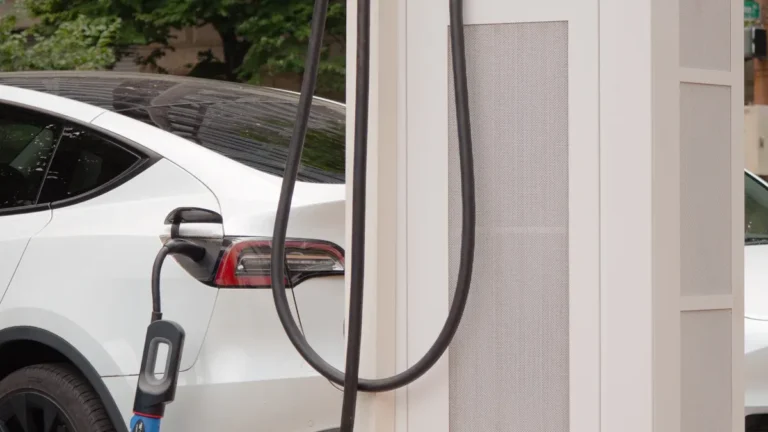“50 amps? 40 amps? Or is 32 amps enough?”
If you’re a new or prospective electric vehicle (EV) owner, you’ve likely found yourself puzzling over these numbers. According to the U.S. Department of Energy, around 80% of EV charging happens at home, making this question not just a matter of technical curiosity – it’s a decision that will impact your daily life with an electric car.
Recent data from InsideEVs shows that most modern battery-electric vehicles can accept between 40 to 48 amps. However, the “right” amperage for your situation depends on various factors, from your vehicle’s specifications to your daily driving habits.
In this comprehensive guide, we’ll demystify EV charging amperage, helping you understand exactly what these numbers mean for your charging speed, home electrical setup, and overall EV experience.

Understanding EV Charging Amperage Basics
What is amperage in EV charging?
In the world of electric vehicle (EV) charging, amperage is a key concept. Simply put, amperage measures the intensity of an electric current – the number of electrons flowing through a conductor in a given time. In EV charging, amperage determines how much electrical energy can be transferred to your vehicle’s battery simultaneously.
Think of electricity as water flow. In this analogy, amperage is like the diameter of a water pipe. Higher amperage is akin to a wider pipe, capable of delivering more “water” (electricity) at the same time.
The relationship between amps, volts, and kilowatts
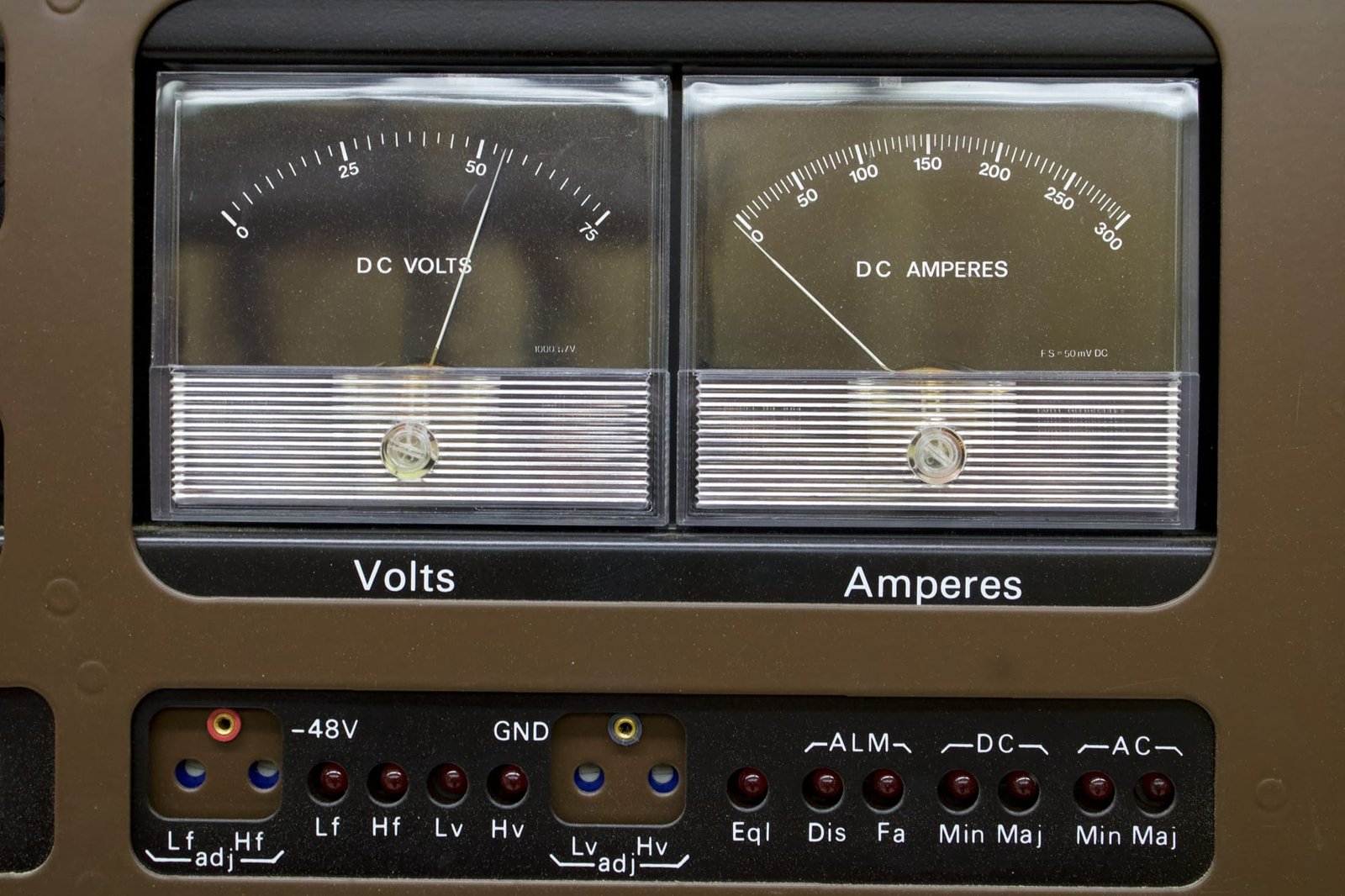
To fully understand EV charging, we need to grasp three key metrics: amperage (A), voltage (V), and power (usually expressed in kilowatts, kW). These three are closely related:
Power (W) = Voltage (V) x Current (A)
For instance, if your home charger provides 240 volts (V) and 40 amperes (A), the charging power would be:
240V x 40A = 9600W or 9.6kW
According to data from ChargeHub, most home Level 2 chargers offer power ranging from 3.3kW to 19.2kW, corresponding to amperage typically between 16A and 80A.
Different levels of EV charging
EV charging is generally categorized into three levels. For a more detailed explanation of these charging levels, you can refer to our comprehensive guide on electric vehicle charging levels. Here’s a brief overview:
- Level 1 Charging:
- Uses standard 120V household outlets
- Typically provides 12A-16A of current
- Charging power of about 1.4kW-1.9kW
- Adds approximately 4-5 miles of range per hour
- Level 2 Charging:
- Uses 240V power, similar to what large household appliances use
- Current typically ranges from 16A to 80A
- Charging power can reach 3.3kW-19.2kW
- Adds about 10-60 miles of range per hour
- Level 3 Charging (DC Fast Charging):
- Uses direct current (DC) power
- Current can be as high as several hundred amperes
- Charging power can reach 50kW-350kW
- Can charge an EV to 80% in 20-30 minutes
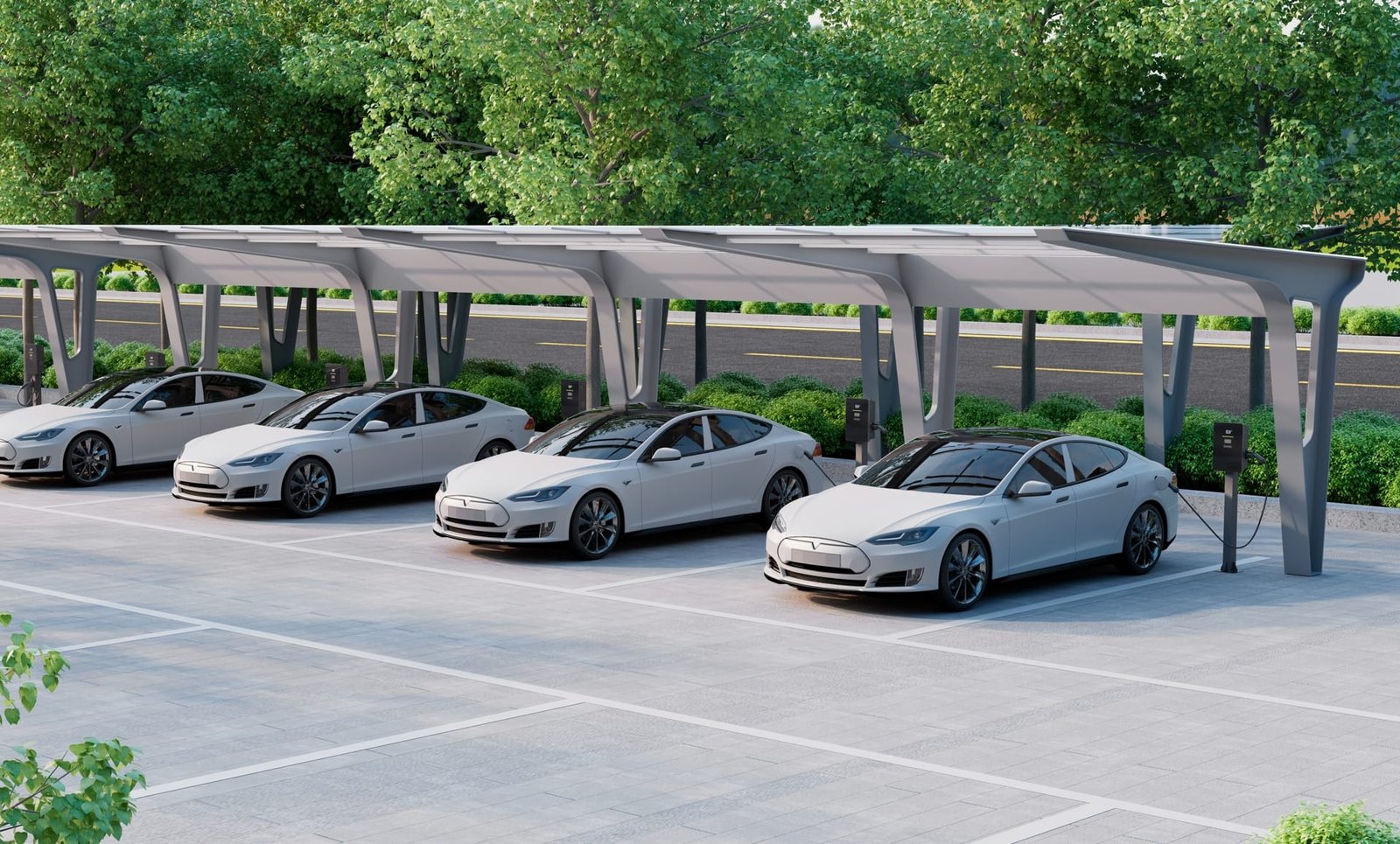
According to U.S. Department of Energy data, as of 2024, about 80% of public charging stations in the U.S. are Level 2 chargers, while 20% are DC fast charging stations.
Amperage Requirements for Different EV Models
Let’s look at some popular EV models and their charging capabilities.
Popular EV Models and Their Charging Capabilities
- Tesla Model 3 (2024)
- Maximum charging power: 250 kW (DC fast charging)
- Home Level 2 charging: Up to 48A (11.5 kW)
- Estimated charging time (10%-80%): About 30 minutes (using Supercharger)
- Ford Mustang Mach-E (2024)
- Maximum charging power: 150 kW (DC fast charging)
- Home Level 2 charging: Up to 48A (11.5 kW)
- Estimated charging time (10%-80%): About 45 minutes (using DC fast charging)
- Chevrolet Bolt EUV (2024)
- Maximum charging power: 55 kW (DC fast charging)
- Home Level 2 charging: Up to 32A (7.7 kW)
- Estimated charging time (0%-100%): About 7 hours (using Level 2 charging)
- Nissan Leaf (2024)
- Maximum charging power: 100 kW (DC fast charging, 62 kWh battery version only)
- Home Level 2 charging: Up to 32A (6.6 kW)
- Estimated charging time (20%-80%): About 40 minutes (using 100 kW DC fast charging)
- Kia EV9 Standard Range RWD (2024)
- Maximum charging power: 230 kW (DC fast charging)
- Home Level 2 charging: Up to 50A (12 kW)
- Estimated charging rate: About 48 miles of range per hour (using Level 2 charging)
Comparison Table of Different Models’ Amperage Requirements
| Model | Max DC Fast Charging Power | Max Level 2 Charging Amps | Level 2 Charging Power |
|---|---|---|---|
| Tesla Model 3 | 250 kW | 48A | 11.5 kW |
| Ford Mustang Mach-E | 150 kW | 48A | 11.5 kW |
| Chevrolet Bolt EUV | 55 kW | 32A | 7.7 kW |
| Nissan Leaf | 100 kW | 32A | 6.6 kW |
| Kia EV9 | 230 kW | 50A | 12 kW |
Amperage Requirements for Home Charging
Common Home Charging Amperage Options
According to recent studies and industry trends:
- Most home installations use 32 or 40 amp circuits
- Some high-performance EVs can utilize 48 amp charging
- Older installations or certain apartments may be limited to 16 or 24 amps
A report from InsideEVs indicates that most battery-electric vehicles (BEVs) available today can accept between 40 to 48 amps while charging from a Level 2, 240-volt source.
Determining the Right Amperage for Your Home
Choosing the appropriate amperage depends on several key factors:
- Your EV’s Onboard Charger Capacity: Check your vehicle’s specifications to understand the maximum AC charging current it can accept.
- Daily Driving Distance: Longer commutes may require higher amperage for faster charging.
- Home Electrical Capacity: Ensure your electrical panel can support the chosen amperage. According to a discussion on Reddit, a 100 amp home has just under 20kW of power to use, while a 150 amp main has more capacity.
- Charging Time Window: If your charging time is limited, higher amperage can fill up the battery faster.
Amperage and Charging Speed Relationship
To give you a concrete reference, here are some approximate values based on current industry standards:
- 32 amp charging: About 25 miles of range per hour
- 40 amp charging: About 30-35 miles of range per hour
- 48 amp charging: About 35-40 miles of range per hour
Note that actual charging speeds will vary depending on the vehicle model and battery condition. A study by Momentum Electric confirms that a Level 2 charger, the most common choice for home use, typically requires 240 volts and about 30 amps.
Installation Considerations
When installing a home charging station, remember:
- Circuit breaker must be rated 25% higher than continuous charger output
- 40-amp charging requires a 50-amp circuit breaker
- 32-amp charging requires a 40-amp circuit breaker
According to Autel Energy, Level 2 EV chargers require a 240-volt outlet and can range from 16 to 80 amps, with 32 and 40 amps being the most common for residential use.
Amperage Requirements for Public Charging
Common Public Charging Amperage Options
According to the latest industry data and charging station deployments:
- Level 2 public stations typically offer 32-80 amp circuits
- DC Fast Charging stations deliver up to 400 amps
- Ultra-fast charging stations can provide 800+ amps for compatible vehicles
A report from the U.S. Department of Energy indicates that public DC fast charging stations now commonly deliver between 50-350 kW of power, requiring significantly higher amperage than home charging solutions.
Amperage and Charging Speed Comparison
Based on current industry standards, here are typical charging speeds:
Level 2 Public Charging:
- 32 amp charging: About 25 miles of range per hour
- 40 amp charging: About 30-35 miles of range per hour
- 80 amp charging: About 60-65 miles of range per hour
DC Fast Charging:
- 50 kW (125 amps): About 150 miles of range per hour
- 150 kW (375 amps): About 400 miles of range per hour
- 350 kW (875 amps): About 1000 miles of range per hour
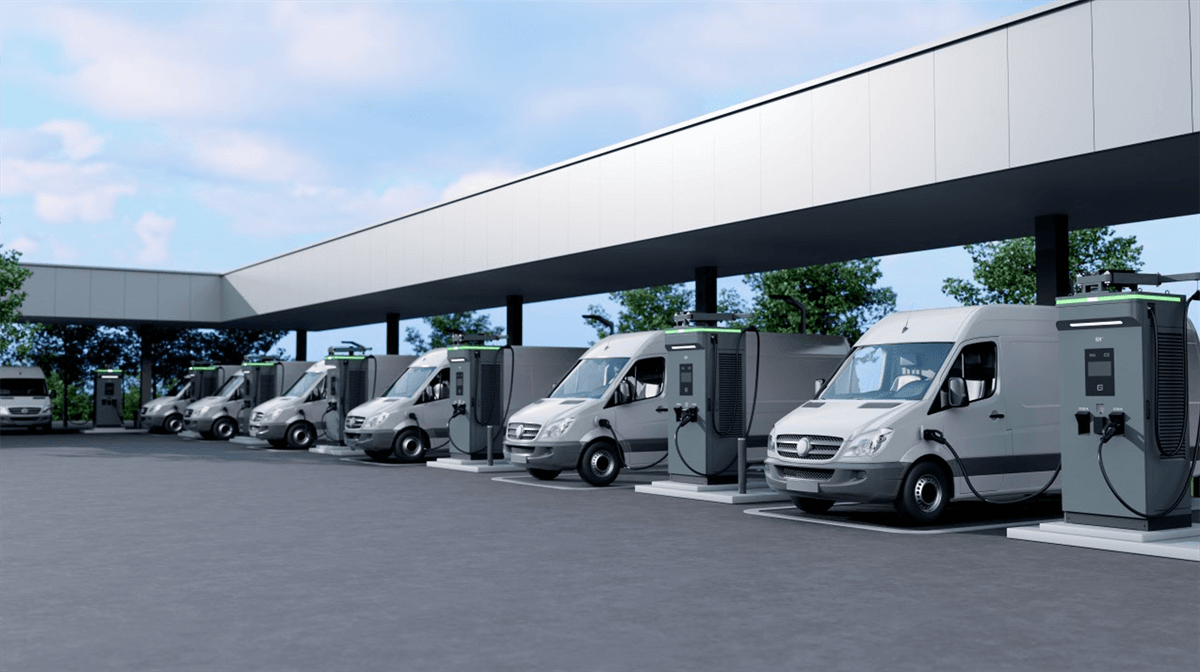
Technical Considerations
When using public charging stations, keep in mind:
Vehicle Compatibility:
- Check your vehicle’s maximum DC charging rate
- Verify supported charging standards (CCS, CHAdeMO)
- Consider battery temperature management capabilities
Station Capabilities:
- Level 2 stations typically operate at 208-240V AC
- DC fast chargers operate at 400-800V DC
- Power sharing may affect maximum available current
According to ChargePoint network data, most public Level 2 charging sessions utilize between 32-40 amps, while DC fast charging sessions commonly draw 125-375 amps depending on vehicle capability and charging station power rating.
Conclusion
Choosing the right amperage for your EV charging setup doesn’t have to be complicated. For most EV owners, a 32-amp or 40-amp home charging system provides the perfect balance of charging speed and cost-effectiveness. While higher amperage options like 48-amp or 50-amp are available, they’re typically only necessary for specific vehicles or usage scenarios.
Ready to find the perfect charging solution for your EV? Explore EN Plus’s range of smart EV chargers designed for various amperage needs, or contact our experts for a personalized consultation.

